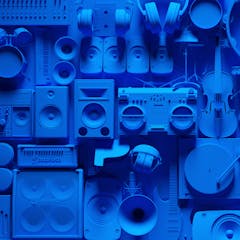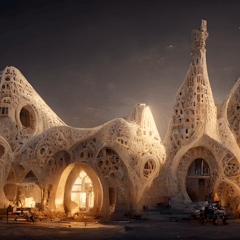
Artículos sobre Algorithm
Mostrando 1 - 20 de 239 artículos

New research found a way to both improve the accuracy of deepfake detection algorithms while also enhancing fairness.

Four Ontario school boards have filed a lawsuit against social media platforms to force them to change practices that harm schoolchildren.

Quantum computing has huge promise from a technical perspective, but the practical benefits are less clear.

Conservation of biodiversity is in the hands of humans but artificial intelligence can help guide decisions.

Robo-advisers and AI are making investing accessible to everyone, but there are also risks to consider.

Companies are using artificial intelligence to personalise products as consumers become more demanding about what they expect from big brands.

Existing AI systems learn patterns from very large piles of data – but they have no insight.

With an eye to Kant’s work, a philosopher and a sociologist argue that the Uber project robs drivers of their dignity.

Whatever approach you take to managing your feeds, remain cautious and sceptical.

Algorithms have been blamed for dividing society. What if they could support social cohesion instead?

Effective implementation of existing law can protect us from the risks posed by AI algorithms.

Vlogging has emerged as a new source of intimate entertainment, and for creators, potential income. However, they also raise serious questions about exploitation and the privacy rights of children.

New features on Apple iOS 17 aim to give users insights into their mental health, but they may also shape how people see themselves.

Data used to train AI systems often reflects the racism inherent in society.

The seeds of the current commotion over AI were laid years ago.

Social media companies’ drive to keep you on their platforms clashes with how people evolved to learn from each other. One result is more conflict and misinformation.

AI can streamline the painstaking work of mixing and editing tracks. But it’s also easy to see how AI-generated music will make more money for giant streaming services at the expense of artists.

By bridging culture and computation, heritage algorithms challenge the myth of ‘primitive cultures’ and forge a new understanding of science and art.

Media outlets increasingly construct narratives about collective reality based on what’s happening on social media.

‘I no longer exist, I have become a construct of their imagination. It is the ultimate act of dehumanisation.’
